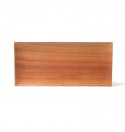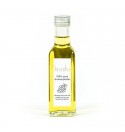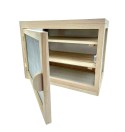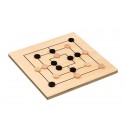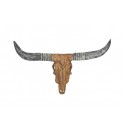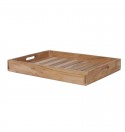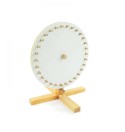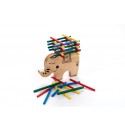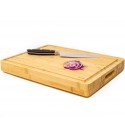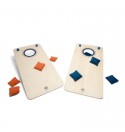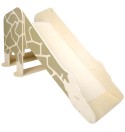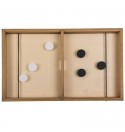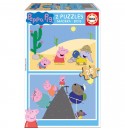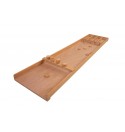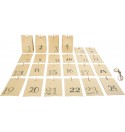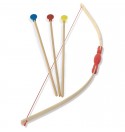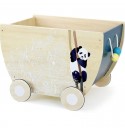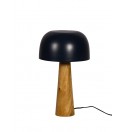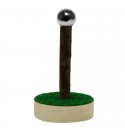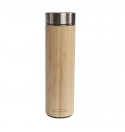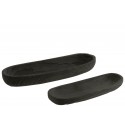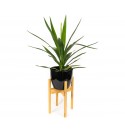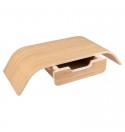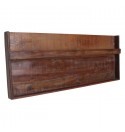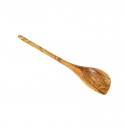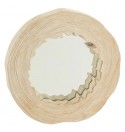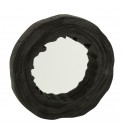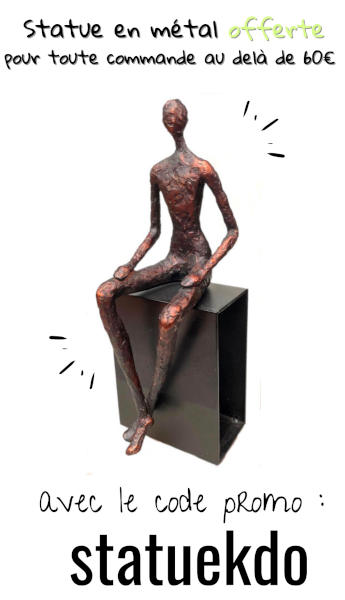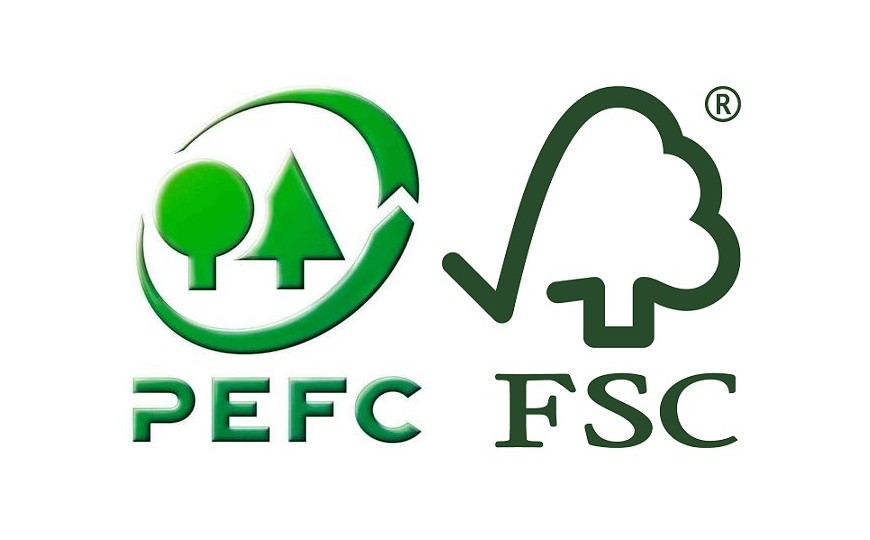What do the FSC / PEFC labels mean? What differences?
What do the FSC / PEFC labels mean? What differences?
Wood is the future of humanity, especially when resources and forests are well managed thanks to quality labels.
What is the purpose of forest certification and labels on wood?
Sustainable forest management brings, by definition, many economic, social and environmental benefits. This concerns consumers as much as producers and forest managers.
Preservation of biodiversity: The sustainable certification of forests makes it possible to preserve biodiversity by protecting forest ecosystems and promoting the conservation of animal and plant species.
Sustainable wood production: Long-term forest management helps produce wood responsibly, ensuring that trees are selectively cut and forests are regenerated.
Local economy: Forests can be a source of income for local communities, particularly through logging and ecotourism.
Reduction of greenhouse gas emissions: Forests and wood play an important role in the fight against climate change. They participate in the absorption of carbon dioxide from the atmosphere. Wood helps store carbon.
Compliance with social standards: Some quality labels guarantee that workers' rights have been respected, particularly with regard to working conditions and fair wages.
Responds to consumer demands: Consumers are increasingly aware of the environmental and social impact of the products they buy. A quality label can help meet this demand by providing a guarantee of quality and durability.
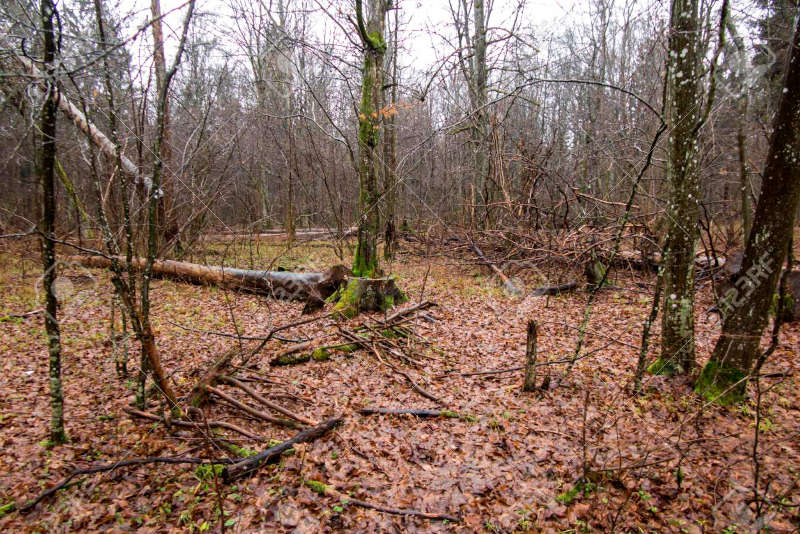 |
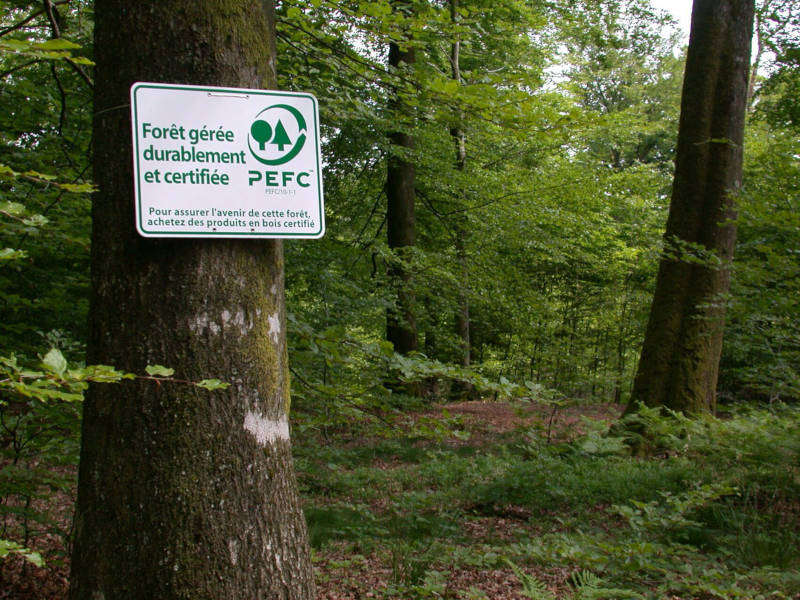 |
| Forêt émettrice de CO2 et de carbone | Forêt gérée durablement et certifiée par le label PEFC |
PEFC
The PEFC label stands for "Programme for the Endorsement of Forest Certification Schemes" or Program de Reconnaissance de Systèmes de Certification Forestière in French. PECF is an international certification system that guarantees sustainable forest management. The PEFC label, following checks and audits, guarantees that the certified wood comes from forest management that is respectful of the environment, socially beneficial and economically viable. In concrete terms, the PEFC label certifies that the purchased product comes from sustainably managed forests.
The PEFC certification system is a secure and transparent label for tracking the flow of wood from the forest to the consumer. Independent certification bodies take care of the controls, both in the forest (forest management) and in the companies that process the wood (stock, treatment, transport, sale). Thus, there is no mixing of "sustainable" woods and "unknown" woods. They visit the company annually to verify that the procedures are followed correctly. If everything complies with the PEFC specifications, the wood is certified by the label.
FSC
The FSC label means "Forest Stewardship Council" or Conseil de Gestion des Forêts in French. It is an international non-profit organization. FSC was created in 1993 by forest owners, companies in the wood and paper sector, social actors and environmental organizations. Like PEFC, FSC also works to develop sustainable management of forests throughout the world, according to qualitative criteria at the social, environmental and economic level.
A wood or paper product bearing the FSC label offers guarantees thanks to traceability throughout the marketing chain and certifies that the product is sustainable.
The high level of requirements of the FSC certification system and the reliability of the FSC label are widely recognized. FSC is therefore the only label of its kind to receive the support of recognized environmental organizations, in particular the WWF.
WHAT IS THE DIFFERENCE BETWEEN PEFC AND FSC LABELS?
Remember that forests and trees store C02 and that their destruction is partly responsible for climate change. Even more effective in terms of CO2 absorption, FSC or PEFC certified forests and woods capture large quantities. The carbon is then stored for several years, in the products of the exploitation and the wood industry. By purchasing products bearing the PEFC or FSC label, the consumer can therefore act effectively to preserve forests and sustainably store carbon.
FSC certification is based on a commitment and a practice already concretized by a forest management plan. PEFC certification, on the other hand, is granted on the basis of a commitment to continuous improvement in forest management. This means that FSC certification imposes an initial level of quality on the forest. Rather, PEFC certification requires a commitment to continuous improvement on the part of forest operators.
In the context of FSC certification, there is an international generic standard that each country must adapt to its national framework ("top-down", from the forest to the end user). In the PEFC quality system, it is the opposite ("bottom-up", from the end user to the forest). Each country, or each major region, independently develops its own local system. It is up to the international PEFC to recognize these clean systems. Thus, the different FSC standards appear more consistent with each other and equivalence is easier than between different PEFC standards. Thus, the FSC system makes it possible to achieve a greater degree of quality certainty.
Most important is the common goal between the PEFC and FSC labels: sustainable forest management and increasing the area of certified forests worldwide. When you buy PEFC or FSC certified products, you are consciously opting for sustainable forest management, therefore a responsible choice!
The sustainability of our ecosystems and our forests also requires more biodiversity. This means many different types of wood. Think about it when purchasing your items.
WHAT IS THE STATE OF FSC AND PEFC CERTIFICATIONS?
About 400 million hectares of forests are certified. This represents less than 10% of the world's forests. At the end of February 2014, 44.1% of FSC-certified forests were located in Europe, 38.1% in North America, 7.8% in South America, 4.9% in Asia, 3.7% in Africa and 1 .4% in Oceania. In France, only around 20,000 hectares of forest are FSC certified out of the 15 million hectares of forest. At the end of December 2013, 31% of PEFC-certified forests were located in Europe, 61% in North America, 2% in South America, 2% in Asia and 4% in Oceania.
You can check here which wooden items are FSC certified on Whole Wood.
Here: all items for sale in PEFC certified wood.


